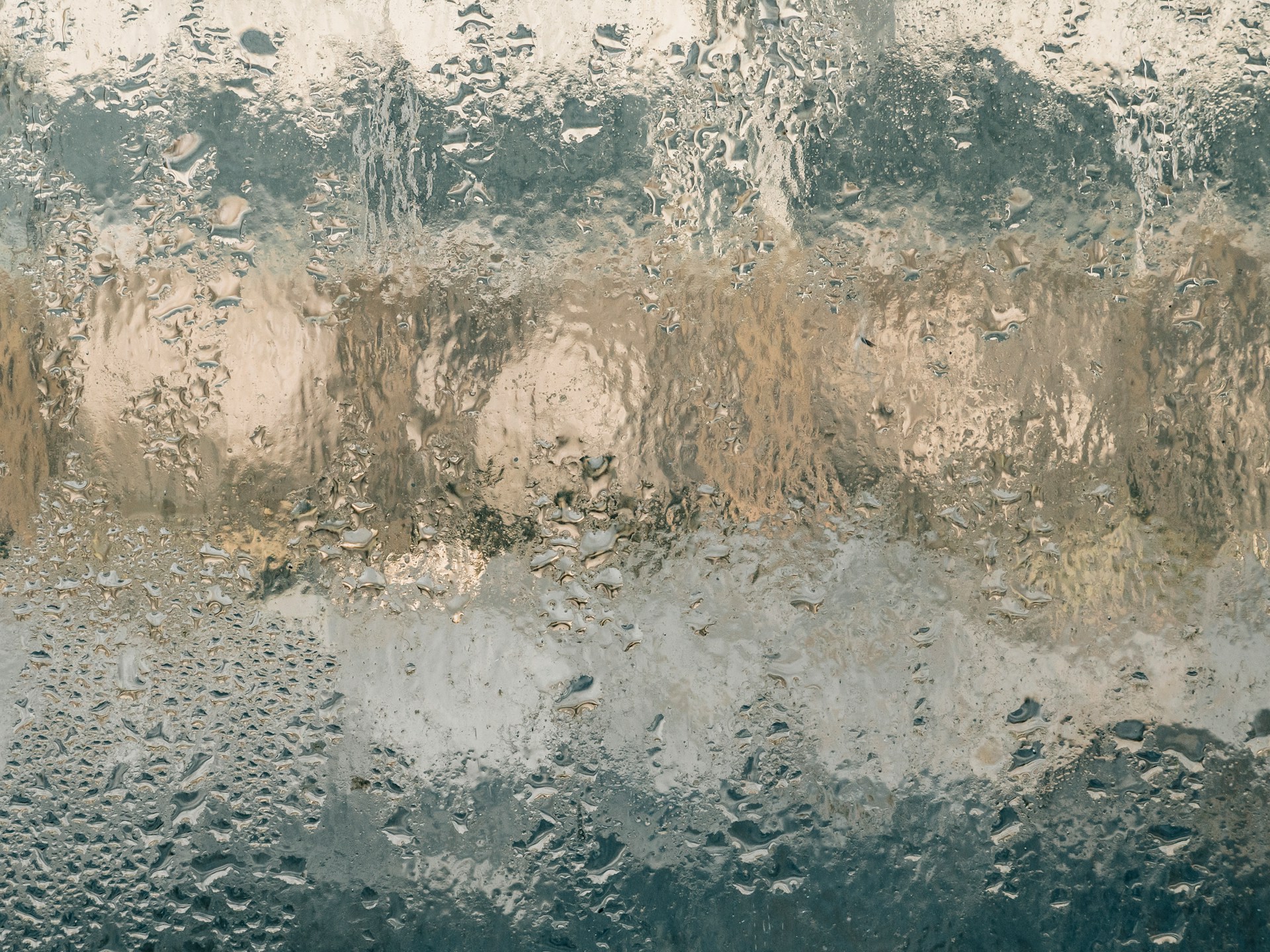How to Maintain Proper Humidity Levels for a Tropical Reptile’s Habitat?

As reptile enthusiasts, one of the most critical aspects of pet care that you must understand is how to maintain the right humidity levels for your reptile’s habitat. This article provides a comprehensive guide on how to achieve and sustain the ideal levels of humidity that tropical reptiles require, whether it’s a gecko, a python, or a chameleon.
Understanding Humidity in a Reptile’s Habitat
Humidity is the amount of water vapour present in the air. It’s a key component of a reptile’s environment, especially for tropical species, which are adapted to high humidity levels. The right level of humidity helps in skin hydration, eases shedding and supports the overall well-being of your reptile.
Cela peut vous intéresser : How to Prepare Your Pet for Its First Professional Grooming Session?
Different species of reptiles require varying levels of humidity, depending on their natural habitat. For instance, a gecko, which hails from the semi-arid regions, will need less humidity than a python that thrives in the tropical rainforests. Therefore, before you decide on your pet, you must research the natural environment of the species to replicate the same.
Factors Influencing Humidity Levels
Several factors can influence the humidity within your reptile’s enclosure. The type of enclosure, the substrate used, the heat source, and even the size and number of water dishes can impact levels of humidity.
Sujet a lire : What’s the Best Strategy for Introducing a New Fish to a Reef Aquarium?
The type of enclosure can either help maintain or reduce humidity. An enclosure with high walls and a secure lid can retain more humidity than an open-top terrarium. The material of the enclosure can also affect humidity. Glass retains more moisture than wood, for instance.
The substrate that you use can also influence humidity levels. Substrates such as moss and coconut husk retain more moisture than sand or gravel, therefore increasing humidity.
Heat sources dry out the air, reducing humidity. Therefore, the type and location of your heat source will influence humidity in the enclosure. Under-tank heaters and ceramic heat emitters can dry out the air more than heat lamps.
Monitoring and Adjusting Humidity Levels
Monitoring the humidity levels in your reptile’s habitat is crucial for their health. A hygrometer, which measures humidity, is an essential tool. Some species require a high level of humidity, so investing in a reliable hygrometer is crucial.
Maintaining the right temperature and light conditions is also critical in regulating humidity levels. Reptiles require UVB light to synthesize vitamin D3, which helps them absorb calcium. However, UVB light can also impact humidity levels, so you must strike a balance.
If you find that the humidity is too low, there are several ways to increase it. You can add a larger water dish, mist the enclosure with water, or add a humidifier. If the humidity is too high, you can use a dehumidifier, increase ventilation, or switch to a less moisture-retaining substrate.
Dealing with Humidity-Related Health Issues
Maintaining the right humidity levels can prevent a host of health issues in your pet. Too low humidity can cause dehydration, difficulty shedding, and respiratory problems. On the other hand, too high humidity can lead to bacterial and fungal infections.
If you notice that your reptile is having difficulty shedding, it may be a sign that the habitat is too dry. You can help your pet by providing a humidity box – a small, enclosed space filled with damp moss.
In contrast, if your pet shows signs of lethargy, loss of appetite, or has a visible film over its eyes or body, it may be due to too high humidity. In such cases, you must decrease humidity and seek veterinary assistance.
In summary, understanding the humidity needs of your pet reptile is fundamental to its well-being. You need to research the specific humidity needs of your pet’s species, invest in the right tools and materials to regulate humidity, and be vigilant for any signs of health issues. By doing so, you are ensuring a long and healthy life for your scaly companion. Remember, a healthy reptile is a happy reptile.
Implementing Live Plants and Water Features for Humidity
One of the most effective ways to increase humidity in a reptile enclosure is by introducing live plants and water features. Live plants not only enhance the aesthetics of the enclosure but also contribute to the overall humidity levels. They release moisture into the air through a process called transpiration, which helps maintain a stable relative humidity. Suitable plants for a reptile tank include bromeliads, ferns, and orchids which thrive in high humidity environments like those of tropical species.
Water features such as ponds, waterfalls, and misting systems can also significantly contribute to the humidity. A large water dish or a small pond in the enclosure can provide a source of humidity as the water evaporates. This is especially beneficial for species like the crested gecko, which prefers higher humidity.
However, it’s essential to monitor the water quality in these features regularly. Standing water can harbor bacteria and parasites, which can harm your reptile amphibian pets. Therefore, ensure to keep the water fresh and clean, and consider using a water conditioner to remove harmful chemicals.
Remember that while live plants and water features can contribute to humidity, they shouldn’t be the only source. They should complement other methods of humidity control, such as the correct choice of substrate and heat sources.
Maintaining Body Temperature with Humidity
Reptiles are cold-blooded animals, which means they can’t regulate their body temperature internally like humans do. They rely on their environment to help them maintain the right body temperature. Thus, humidity plays a vital role in helping reptiles regulate their body heat.
For instance, in a high humidity environment, reptiles can cool down by evaporating moisture from their skin. This is especially important for reptiles from tropical habitats, such as the crested geckos, which are adapted to high humidity levels.
On the other hand, in low humidity conditions, reptiles can warm up faster as the dry air allows for quicker heat absorption. This is beneficial for reptiles from arid habitats.
Therefore, maintaining the right humidity levels is essential for your reptile’s ability to regulate its body temperature. You should regularly check the temperature of your reptile habitat using a reliable thermometer and adjust the humidity accordingly.
Conclusion
Taking care of a reptile is a rewarding experience that comes with its unique set of challenges, one of which is maintaining the proper humidity levels. Understanding the natural habitat of your reptile species and mimicking those conditions is the key to creating a healthy environment in the reptile tank.
From choosing the right enclosure and substrate to using live plants and appropriate heat sources, every element in your pet’s habitat contributes to the humidity levels. Regular monitoring of these conditions using tools like hygrometers and thermometers, and adjusting them as needed, should be part of your routine pet care.
Dealing proactively with any humidity-related health issues will also ensure that your pet thrives. Remember, whether it’s a crested gecko enjoying the high humidity of a tropical rainforest setup or a bearded dragon basking in the low humidity of a desert setup, their well-being is reliant on your ability to replicate their natural conditions.
In summary, proper humidity management is crucial for keeping your cold-blooded friends comfortable and healthy. By following the guidelines discussed in this article, you’ll be well-equipped to provide the best care to your beloved reptiles and amphibians. Remember, a well-maintained habitat is a stepping stone to a happy and long-living pet.
